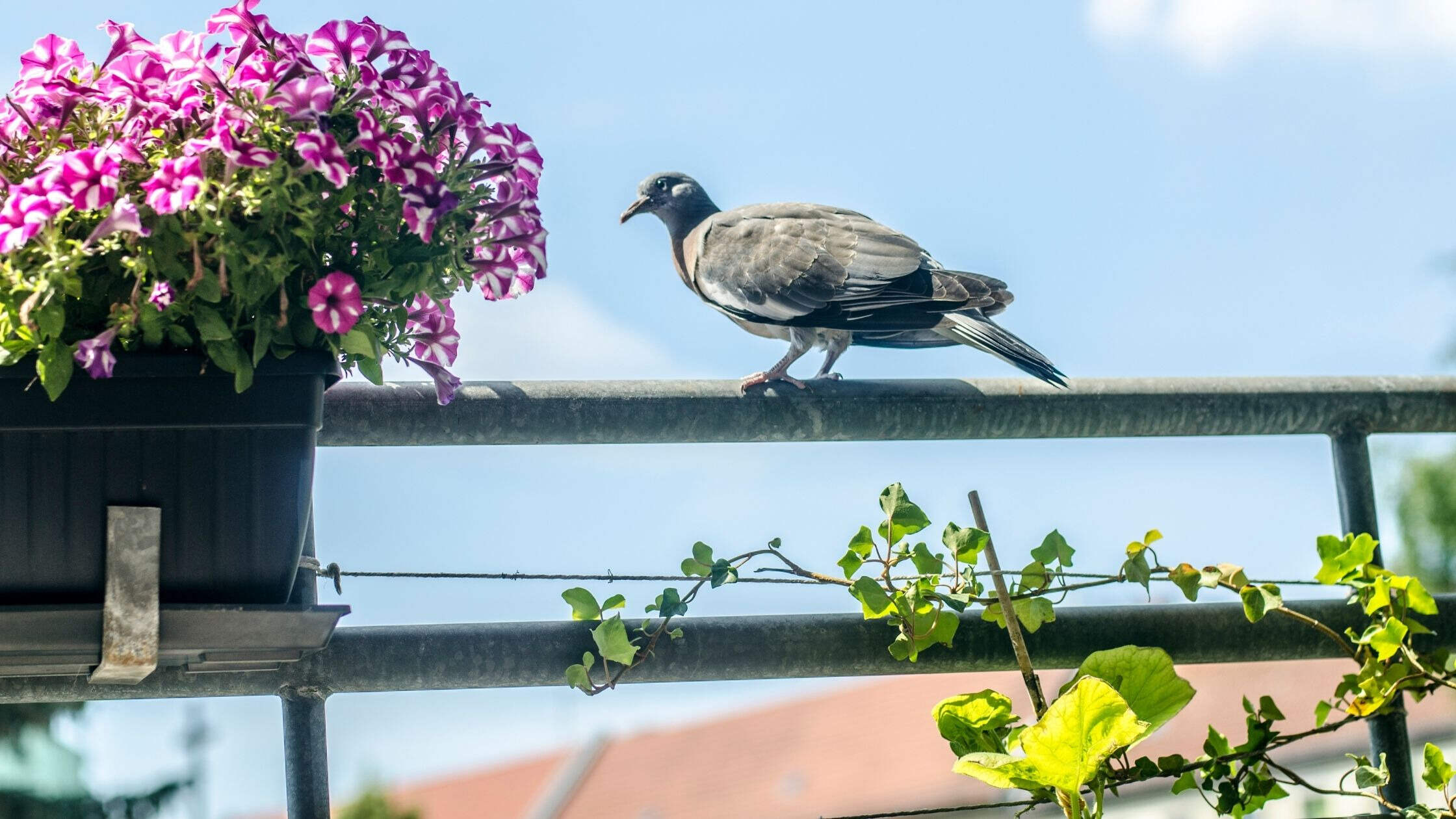

Articles
How To Keep Birds Off My Balcony
Modified: January 6, 2024
Looking for effective ways to keep birds off your balcony? Check out our informative articles for expert tips and solutions. Prevent unwanted bird visitors today!
(Many of the links in this article redirect to a specific reviewed product. Your purchase of these products through affiliate links helps to generate commission for Storables.com, at no extra cost. Learn more)
Introduction
Welcome to the world of balconies, where homeowners and apartment dwellers seek solace and relaxation in their outdoor spaces. However, there is a common concern that plagues many balcony owners – the presence of birds. These feathered visitors can quickly turn a peaceful retreat into a noisy and messy problem. If you’re wondering how to keep birds off your balcony, you’ve come to the right place.
Birds can be attracted to balconies for various reasons. The open space, perches, and potential food sources can make your balcony an attractive oasis for our avian friends. While having birds around may seem charming at first, their droppings, noise, and propensity for building nests can quickly become a nuisance. Additionally, some bird species pose a risk to your plants, furniture, and even your health.
In this article, we will explore the reasons birds gather on balconies, identify common bird species you may encounter, and discuss the potential risks and problems they can cause. We will also delve into eco-friendly methods to keep birds away from your balcony, ranging from visual and auditory deterrents to physical barriers and scare tactics. Moreover, we will provide practical tips for maintaining a bird-free balcony.
While it may seem challenging, there are effective ways to address bird-related issues without causing harm to the birds or the environment. By implementing these strategies, you can reclaim your balcony as a haven of tranquility and enjoy the outdoors without the unwelcome presence of our feathered friends.
So, let’s take flight together and discover the secrets to keeping birds off your balcony!
Key Takeaways:
- Understanding the reasons birds are attracted to balconies, identifying common bird species, and recognizing potential risks are crucial steps in implementing effective and eco-friendly bird deterrent strategies.
- Implementing visual and auditory deterrents, physical barriers, scare tactics, removing food sources, and using bird repellents are effective methods to maintain a bird-free balcony while respecting nature and the ecosystem.
Read more: How To Clean Bird Poop Off The Balcony
Understanding the Problem: Why Birds Gather on Balconies
Before diving into the methods to keep birds off your balcony, it’s essential to understand why they are attracted to these spaces in the first place. By grasping their motivations, we can better address the core issues and implement effective deterrents.
1. Shelter: Balconies provide birds with shelter from the elements. Whether it’s using the balcony as a roosting spot during the night or seeking refuge from harsh weather conditions, birds view balconies as safe havens.
2. Food Sources: Food remnants or feeders left on balconies can lure birds. Even small crumbs from snacks or spilled birdseed can be enticing to a hungry passerby. Bird feeders on balconies contribute to this problem, as they become an easy and convenient food source for birds.
3. Nesting Opportunities: Balconies, with their various nooks and crannies, offer ideal nesting spots for birds. The sheltered corners, ledges, and hanging baskets can become attractive nesting spaces for birds looking to build their homes.
4. Perches: Birds are naturally drawn to places where they can perch and observe their surroundings. Balconies with railings, ledges, or decorative structures can serve as prime perching spots for birds, allowing them to rest and survey the area.
5. Reflections on Windows: Birds are also attracted to their own reflections, often mistaking them for potential mates or rivals. The reflection in windows or glass panels on balconies can captivate birds, causing them to repeatedly fly into the glass or stay in close proximity.
By understanding these reasons, we can begin to address them systematically. The key is to make your balcony less appealing to birds, thereby reducing their desire to visit or linger. In the following sections, we will explore various methods to deter birds from your balcony, ensuring a peaceful and bird-free environment.
Identifying Common Bird Species
When it comes to dealing with birds on your balcony, it’s helpful to have a basic understanding of the bird species you may encounter. By familiarizing yourself with common birds in your area, you can tailor your bird deterrence strategies accordingly.
Here are a few common bird species you might come across on your balcony:
- Pigeons: Pigeons are notorious for their presence in urban and suburban areas. They are medium-sized birds with plump bodies and distinctive cooing sounds. Pigeons can adapt to various environments, including balconies, and are known for their messy habits and aggressive behavior when competing for food.
- Sparrows: Sparrows are small, social birds that frequent urban areas. They have brown or gray feathers and are easily recognizable by their chirping and hopping behavior. Sparrows often gather in flocks and can build nests in small openings or crevices on balconies.
- Starlings: Starlings are medium-sized birds with glossy black feathers and speckled plumage. They have a distinctive, melodic song and are known for their mimicry abilities. Starlings can be quite noisy and gregarious, often forming large flocks that roost on balconies and create a mess with their droppings.
- Seagulls: Seagulls are commonly found near coastal areas, but they can also venture into inland regions. They have white bodies with gray wings and are known for their loud calls and scavenging behavior. Seagulls are larger birds that can cause significant damage with their aggressive feeding habits and droppings.
- Finches: Finches are small songbirds with vibrant colors, such as bright yellow or red. They are often attracted to balconies with bird feeders or flowering plants. Finches have a pleasant chirping sound and can bring visual appeal with their beautiful plumage.
These are just a few examples of birds you may encounter on your balcony. However, keep in mind that bird species can vary depending on your location and habitat. It’s essential to research the specific birds that are prevalent in your area to gain a more accurate understanding of the potential visitors to your balcony. This knowledge will guide you in implementing the most effective bird deterrent methods tailored to the species you encounter.
Now that you can recognize some common bird species, let’s explore eco-friendly methods for keeping birds off your balcony and maintaining a peaceful, bird-free environment.
Potential Risks and Problems Caused by Birds on Balconies
While birds may seem harmless and even charming, their presence on balconies can lead to a range of problems and risks. Understanding these potential issues can highlight the importance of implementing effective bird deterrent strategies. Here are some common risks and problems caused by birds on balconies:
- Property Damage: Birds can cause damage to your balcony and its surroundings. They may scratch or peck at surfaces, leave droppings that stain or corrode materials, and create nests that can block drains or vents.
- Health and Hygiene Issues: Birds, especially pigeons and seagulls, are carriers of various diseases and parasites. Their droppings can contain bacteria and fungi that pose health risks to humans. Additionally, bird droppings can create unsanitary conditions and unpleasant odors.
- Noise Disturbance: Birds can be noisy, particularly during mating or nesting seasons. The constant chirping, cooing, or squawking can disrupt your peaceful balcony atmosphere, making it difficult to relax or enjoy time outdoors.
- Disruption of Plant Life: Some birds, such as sparrows or starlings, may damage your plants by pecking at leaves, stems, or fruits. Nests built on plants can also interfere with their growth and result in a messy balcony with scattered twigs and debris.
- Aggressive Behavior: Certain bird species, like pigeons or seagulls, can exhibit aggressive behaviors when competing for food or territories. This aggression can lead to conflicts with humans or other birds, making it challenging to enjoy your balcony without feeling threatened or unsafe.
It’s crucial to consider these potential risks and problems when deciding to address bird-related issues on your balcony. By taking proactive measures to deter birds, you can mitigate these concerns and create a more enjoyable and hassle-free outdoor space.
Now that we’ve examined the potential risks, let’s explore eco-friendly methods to keep birds off your balcony and maintain a harmonious living environment.
Eco-Friendly Methods to Keep Birds Away
If you’re looking for effective ways to keep birds off your balcony while minimizing harm to the birds and the environment, there are several eco-friendly methods you can employ. These methods aim to create an unwelcoming environment for birds without causing them any harm. Here are some strategies to consider:
- Visual Deterrents: Birds are easily scared by visual disturbances. Use reflective objects, such as hanging old CDs or aluminum foil strips, to create movements and reflections that birds find intimidating. Additionally, scarecrows or decoy predatory birds, like owls or hawks, can deter birds from landing on your balcony.
- Auditory Deterrents: Birds are sensitive to sound, so utilizing auditory deterrents can be effective. Wind chimes, bells, or even recordings of natural bird predators can help discourage birds from settling on your balcony. Adjust the volume and patterns of sounds to prevent birds from getting accustomed to them.
- Physical Barriers: Installing physical barriers is an effective way to keep birds from landing or nesting on your balcony. Consider wire mesh, netting, or spikes designed specifically for bird control. Ensure that the barriers are installed securely and cover all potential landing or nesting spots.
- Scare Tactics: Birds are wary of sudden movements or unexpected objects. Utilize scare tactics like motion-activated sprinklers, pinwheels, or inflatable balloons with large eyes or predator faces to startle and deter birds from your balcony.
- Removing Food Sources: Eliminating food sources will make your balcony less attractive to birds. Avoid leaving pet food or bird feeders unattended. Clean up food crumbs and spills promptly. Birds will eventually realize that your balcony is not a reliable food source and seek sustenance elsewhere.
- Implementing Bird Repellents: Bird repellents, such as non-toxic sprays or gels, can create an unpleasant sensation for birds when they come into contact with treated surfaces. Apply the repellents to balcony railings, sills, or other preferred landing areas to discourage birds from perching or nesting.
- Creating an Unwelcoming Environment: Make your balcony less inviting by removing potential nesting materials, sealing off gaps or openings where birds may enter, and ensuring there are no stagnant water sources that may attract birds. Keep balcony surfaces clean and free of debris to discourage birds from roosting.
Remember, it’s important to be patient and consistent when implementing these methods. Birds may initially be persistent, but with time and consistent deterrent measures, they will learn to avoid your balcony.
By implementing these eco-friendly methods, you can successfully keep birds away from your balcony while maintaining a harmonious coexistence with the avian population. Now, let’s explore some practical tips to help you maintain a bird-free balcony in the long run.
Read more: How To Keep Birds Off My Car Mirrors
Visual Deterrents
Visual deterrents are an effective and eco-friendly way to keep birds away from your balcony. Birds are easily startled by movements and reflective objects, and incorporating visual deterrents can make your balcony unappealing to them. Here are some visual deterrent strategies to consider:
- Hanging Reflective Objects: Birds are often wary of shiny, reflective objects that move with the wind. Hang old CDs or aluminum foil strips in strategic locations on your balcony to create movements and reflections that birds find intimidating.
- Decoy Predators: Birds are naturally afraid of their potential predators. Use scarecrows or decoy predatory birds, such as owls or hawks, to discourage birds from landing or nesting on your balcony. Place them in prominent positions where birds are likely to spot them.
- Pinwheels or Wind Spinners: The spinning motion of pinwheels or wind spinners can startle and deter birds from approaching your balcony. Place them strategically near preferred landing areas to create movement and noise.
- Visual Distractions: Create distractions that make birds uncomfortable. Hang reflective streamers, shiny objects, or colored flags on your balcony to visually disrupt the bird’s perception of a safe landing spot.
- Repellent Decals or Stickers: There are specific bird repellent decals or stickers available that feature patterns or images that birds find threatening. These can be placed on windows or glass panels to prevent birds from crashing into them or trying to land on them.
It’s important to regularly move or change the position of visual deterrents to prevent birds from becoming accustomed to them. Additionally, keep in mind that different bird species may respond differently to various deterrents, so you may need to experiment and find what works best for your specific situation.
Visual deterrents can be a cost-effective and easy way to deter birds from your balcony. Remember to maintain a balance between effectiveness and aesthetic appeal, ensuring that the visual deterrents do not compromise the overall appearance of your balcony.
Now that we’ve covered visual deterrent methods, let’s explore other eco-friendly strategies you can use to keep birds away from your balcony.
Auditory Deterrents
Auditory deterrents can be an effective means of keeping birds away from your balcony. Birds are highly sensitive to sounds and can be startled or deterred by certain noises. By utilizing auditory deterrents, you can create an environment that is uncomfortable or unappealing to birds. Here are some auditory deterrent strategies to consider:
- Wind Chimes: Hang wind chimes on your balcony to create gentle, soothing sounds. The tinkling noise produced by wind chimes can disrupt birds and discourage them from landing or nesting on your balcony.
- Bells or Chimes: Place bells or chimes strategically near preferred landing areas. The sounds they produce when the wind blows can startle and deter birds from approaching your balcony.
- Natural Predator Recordings: Play recordings of natural bird predators, such as hawks or falcons, to create an auditory signal that birds associate with danger. Use speakers or sound devices that can play these recordings at various intervals to prevent birds from getting accustomed to the sounds.
- Water Features: If you have a water feature on your balcony, such as a fountain or small waterfall, the sound of running water can help deter birds. The continuous flowing noise may be disruptive and discourage birds from approaching your balcony.
- Ultrasonic Devices: Ultrasonic devices emit high-frequency sounds that are inaudible to humans but can be annoying or uncomfortable for birds. Place these devices on your balcony to create a sound barrier that deters birds without disturbing your peace.
When using auditory deterrents, it’s essential to be mindful of the volume and patterns of the sounds. Constant or repetitive noises may eventually become background noise to the birds, making the deterrent less effective. Vary the sounds, their timing, and the volume to prevent birds from becoming accustomed to them.
It’s also worth noting that while auditory deterrents can be effective, they may not work for all bird species or in every situation. Some birds may become habituated or tolerant of the sounds over time. Therefore, it’s important to combine auditory deterrents with other methods to maximize their effectiveness.
Now that we’ve explored auditory deterrent methods, let’s move on to the next eco-friendly strategy to keep birds away from your balcony.
Place shiny objects like CDs or aluminum foil on your balcony railing to deter birds. The reflective surfaces will scare them away.
Physical Barriers
Physical barriers are an effective way to prevent birds from landing or nesting on your balcony. By blocking access to preferred areas, you can create an environment that discourages birds from attempting to settle on your balcony. Here are some physical barrier methods to consider:
- Wire Mesh or Netting: Install wire mesh or netting around areas where birds may try to land or build nests. Secure the mesh tightly to completely cover balcony railings, ledges, or other potential landing spots. Ensure that the mesh openings are small enough to prevent birds from squeezing through.
- Plexiglas or Acrylic Panels: Attach transparent plexiglass or acrylic panels to balcony railings or open gaps to block bird access. These panels maintain visibility while creating a physical barrier that prevents birds from landing or perching.
- Spikes or Deterrent Strips: Place bird spikes or deterrent strips on balcony ledges, railings, or other surfaces vulnerable to bird activity. These devices feature pointed spikes or uncomfortable textures that make it difficult or uncomfortable for birds to land or build nests.
- Umbrellas or Canopies: Consider using patio umbrellas or canopies to cover your balcony. These structures create a physical obstruction that impedes birds from accessing your balcony. Ensure the umbrellas or canopies effectively cover the entire balcony area.
- Plant Barriers: Strategically place thorny or spiky plants around your balcony to deter birds from landing or nesting. Plants like cacti or prickly shrubs create an uncomfortable environment that birds generally avoid.
When installing physical barriers, it’s important to ensure they are securely attached and cover all potential bird landing areas. Regularly inspect and maintain the barriers to prevent any gaps or vulnerabilities that birds may exploit.
Before installing physical barriers, check with your local regulations or homeowners’ association to ensure compliance with any restrictions or guidelines regarding balcony modifications.
Physical barriers are a long-term solution to deter birds from your balcony. By creating barriers that birds cannot overcome, you can successfully keep them away and maintain a bird-free environment.
Next, let’s explore another eco-friendly method to keep birds at bay – scare tactics.
Scare Tactics
Scare tactics can be an effective and humane way to keep birds away from your balcony. By creating an environment that birds perceive as dangerous or threatening, you can deter them from visiting or nesting on your balcony. Here are some scare tactics to consider:
- Motion-Activated Sprinklers: Install motion-activated sprinklers on your balcony to startle and deter birds. These devices release a short burst of water when triggered by motion, scaring birds away. This tactic works well for birds that are attracted to water sources or when you want to protect specific areas of your balcony.
- Inflatable Balloons: Inflate and place large balloons with intimidating patterns or predator faces on your balcony. Birds tend to perceive them as a threat, causing them to avoid landing in the vicinity. Change the balloons’ positions regularly to prevent birds from getting used to them.
- Reflective Scare Tape: Hang reflective scare tape on your balcony, creating a visual deterrent. The tape’s shiny surface and the movement it creates in the breeze can frighten birds and discourage them from settling on or near your balcony.
- Flashlights or Laser Pointers: Shine a bright flashlight or laser pointer towards birds that are trying to land or nest on your balcony. The sudden beam of light can startle birds, making them uncomfortable or frightened. Be cautious not to direct the light into birds’ eyes directly.
- Predator Decoys: Place decoys of natural bird predators, such as owls or snakes, on your balcony. Birds often perceive these decoys as threats and will be deterred from approaching your balcony. Move the decoys periodically to maintain their effectiveness.
Scare tactics are most effective when used in combination with other deterrent methods. By alternating and combining different scare tactics, you can prevent birds from becoming accustomed or immune to a specific scare tactic.
It’s important to note that scare tactics may not work for all bird species, and some birds may become habituated over time. Therefore, it’s essential to be persistent and consistently use scare tactics to maintain their effectiveness.
Now that we’ve covered scare tactics, let’s explore another eco-friendly method to keep birds away from your balcony – removing food sources.
Read more: How To Keep Squirrels Off Balcony
Removing Food Sources
One of the most effective ways to deter birds from your balcony is to remove their source of food. By eliminating food sources, you make your balcony less appealing and reduce the chances of birds lingering around. Here are some strategies to consider:
- Secure Trash and Food Containers: Ensure that your trash cans and food containers are tightly sealed to prevent birds from accessing them. Make use of sturdy lids or bins with secure closures to reduce the likelihood of birds finding food remnants.
- Regularly Clean Up Spills and Debris: Promptly clean up any food spills or crumbs on your balcony. Birds are attracted to even the smallest food remnants, so regularly sweeping or wiping down surfaces can discourage their presence.
- Don’t Leave Pet Food Outside: If you have pets and feed them on your balcony, avoid leaving pet food unattended. Birds can be quick to snatch up any leftover pet food, so be mindful of clearing away any uneaten food when your pet has finished eating.
- Remove Bird Feeders: Bird feeders are a sure way to attract birds to your balcony. If you’re trying to deter birds, it’s best to temporarily remove or relocate bird feeders away from your balcony area. This will reduce the immediate food source that is drawing birds to your space.
- Consider Alternative Bird Feeding Solutions: If you enjoy feeding birds but want to keep them off your balcony, consider placing bird feeders in areas away from your balcony. This will redirect their feeding activities to a different location, keeping your balcony free from bird-related issues.
By removing food sources, you create a less enticing environment for birds. They will eventually realize that your balcony no longer provides a consistent food supply, making them less likely to visit or linger.
Remember to be consistent and diligent in maintaining a clean and food-free balcony to ensure long-term success in deterring birds.
Now that we’ve covered the importance of removing food sources, let’s explore the sixth eco-friendly method to keep birds away from your balcony – implementing bird repellents.
Implementing Bird Repellents
When it comes to keeping birds away from your balcony, bird repellents can be an effective and environmentally-friendly solution. These repellents create a deterrent that makes your balcony unattractive or uncomfortable for birds. Here are some types of bird repellents to consider:
- Sprays and Gels: Non-toxic sprays or gels formulated with natural ingredients create a sticky or unpleasant sensation for birds when they land or perch on treated surfaces. Apply these repellents to balcony railings, window sills, or other areas where birds tend to gather.
- Ultraviolet (UV) Reflective Markers: These markers reflect UV light, which is visible to birds but not humans. By placing these markers on windows or glass panels, you can alert birds to the presence of a solid surface and prevent collisions or landing attempts.
- Essential Oils and Deterrent Scents: Certain scents, such as peppermint or citrus, are known to repel birds. Spray or diffuse essential oils or commercial bird deterrent scents around your balcony to discourage birds from approaching. Refresh the scents periodically to maintain their effectiveness.
- Taste Repellents: Some commercially available taste repellents create an unpleasant taste when birds peck or chew on treated surfaces. These repellents can be applied to furniture, plants, or other areas vulnerable to bird damage.
- Noise Machines: Sound devices that emit distress calls or predator sounds can deter birds from your balcony. These devices play recorded noises at intervals to create an environment that birds perceive as unsafe or uncomfortable.
When using bird repellents, be sure to follow the instructions provided by the manufacturer. Apply the repellents sparingly and only on surfaces where birds are likely to land or perch, ensuring they are safe for both birds and humans.
Keep in mind that different bird species may react differently to various repellents, so consider researching the specific birds in your area before choosing a repellent method.
It’s important to note that repellents may need to be reapplied periodically, especially after rain or when the repellent loses its effectiveness over time. Regular maintenance and reapplication will help ensure continuous bird deterrence.
Now that we’ve explored bird repellents, let’s dive into the final eco-friendly method to keep birds away from your balcony – creating an unwelcoming environment.
Creating an Unwelcoming Environment
Creating an unwelcoming environment is an essential step in keeping birds away from your balcony. By making your balcony less appealing or comfortable for birds, you can effectively deter them from landing or nesting. Here are some strategies to help create an unwelcoming environment:
- Remove Nesting Materials: Regularly check and remove any potential nesting materials, such as twigs, leaves, or grass, from your balcony. By eliminating these materials, you discourage birds from building nests and establishing a long-term presence.
- Block Off Entry Points: Seal off any gaps, cracks, or openings where birds may enter your balcony. Use weatherstripping, caulk, or mesh to close off these entry points, minimizing their access to your balcony space.
- Eliminate Stagnant Water: Birds are attracted to water sources, but stagnant water can also be a breeding ground for mosquitoes and other pests. Ensure there are no containers or areas on your balcony where water can accumulate and become stagnant.
- Keep Balcony Surfaces Clean: Regularly clean your balcony surfaces to eliminate food crumbs, spills, or any debris that may attract birds. Use a broom, brush, or vacuum to remove any traces of food or other enticing materials.
- Use Bird-Resistant Materials: Consider using bird-resistant materials for your balcony, such as slippery surfaces or materials that are difficult for birds to grip. Avoid materials like rough concrete or rough-textured tiles that provide ideal landing spots for birds.
- Install Decoys: Decoys can help create an unwelcoming environment for birds. Place fake snakes, plastic predatory birds, or other decoys in strategic locations on your balcony to deter birds. Move them periodically to prevent birds from adapting to their presence.
Creating an unwelcoming environment reinforces the notion that your balcony is not a desirable or safe space for birds. By combining this approach with other bird deterrent methods, you can effectively prevent birds from nesting or lingering on your balcony.
Remember to regularly inspect and maintain your balcony to ensure all deterrent measures are in place and effective. Be diligent in applying these strategies to maintain a bird-free environment.
Now that we’ve explored all the eco-friendly methods to keep birds away from your balcony, let’s move on to some practical tips for maintaining a bird-free balcony.
Practical Tips for Maintaining a Bird-Free Balcony
Once you have implemented the various methods to keep birds away from your balcony, it’s important to maintain consistent practices to ensure a bird-free environment. Here are some practical tips to help you maintain a bird-free balcony:
- Regular Cleaning: Routinely clean your balcony to remove any debris, food crumbs, or bird droppings. This not only maintains a clean and pleasant space but also eliminates potential food sources that may attract birds.
- Inspect and Maintain Deterrents: Regularly inspect and maintain visual deterrents, auditory deterrents, physical barriers, and repellents. Replace any damaged or ineffective deterrents promptly to ensure they continue to deter birds effectively.
- Rotate Deterrent Strategies: Birds can become accustomed to certain scare tactics or repellents over time. To prevent them from adapting to these deterrents, periodically rotate or change the methods you are using to keep birds away from your balcony.
- Monitor Plants and Remove Nests: Keep an eye on your balcony plants and remove any bird nests that are beginning to form. Discourage birds from building nests by removing branches or other structures where they may be inclined to build.
- Keep Food and Trash Secure: Ensure that any food or trash on your balcony is stored securely in sealed containers. This will prevent birds from being attracted to the smell or accessibility of these items, reducing their presence on your balcony.
- Stay Consistent: Implementing bird deterrent methods requires consistency and diligence. For optimal results, maintain your chosen bird repellent strategies and consistently follow the cleaning and maintenance routines you have established.
By following these practical tips, you can maintain a bird-free balcony and enjoy a peaceful and clean outdoor space to relax and unwind.
Remember, it’s important to respect and observe local laws and regulations regarding bird control. Some bird species may be protected, and it’s essential to find humane and environmentally-friendly solutions to peacefully coexist with wildlife.
With these eco-friendly strategies and practical tips in mind, you can successfully keep birds away from your balcony and create a serene and bird-free environment.
So, go ahead and reclaim your balcony as a tranquil oasis for yourself, free from the distractions and inconveniences that birds can bring. Enjoy the serenity and peacefulness of your bird-free balcony!
Read more: How To Stop Birds From Pooping On My Balcony
Conclusion
Keeping birds off your balcony can be a challenging task, but with the right strategies and a commitment to eco-friendly practices, it is possible to create a bird-free environment while respecting nature. Understanding why birds gather on balconies, identifying common bird species, and recognizing the potential risks they pose are important steps in addressing the issue.
Implementing visual and auditory deterrents, physical barriers, scare tactics, and removing food sources are effective methods to keep birds away from your balcony. By creating an unwelcoming environment and using bird repellents, you can discourage birds from landing or nesting on your balcony.
Remember to maintain a clean and clutter-free balcony, regularly inspect and maintain your bird deterrents, and rotate your strategies to prevent birds from adapting to them. Consistency and diligence are key in maintaining a bird-free balcony.
It is important to note that birds play an important role in our ecosystem, so it’s crucial to employ humane and environmentally-friendly methods that do not harm the birds or disturb the balance of the natural environment. By implementing these strategies, you can create a peaceful and bird-free balcony without causing harm to the birds or the ecosystem.
Take the time to appreciate the wonders of nature and the beauty of your balcony without the disruptions caused by birds. Reclaim your outdoor space as a sanctuary to enjoy and relax in peace.
So, go ahead and implement these eco-friendly strategies, be patient, and consistent in your efforts. Soon, you’ll be able to relish the tranquility of your bird-free balcony and fully embrace the enjoyment of your outdoor oasis!
Frequently Asked Questions about How To Keep Birds Off My Balcony
Was this page helpful?
At Storables.com, we guarantee accurate and reliable information. Our content, validated by Expert Board Contributors, is crafted following stringent Editorial Policies. We're committed to providing you with well-researched, expert-backed insights for all your informational needs.
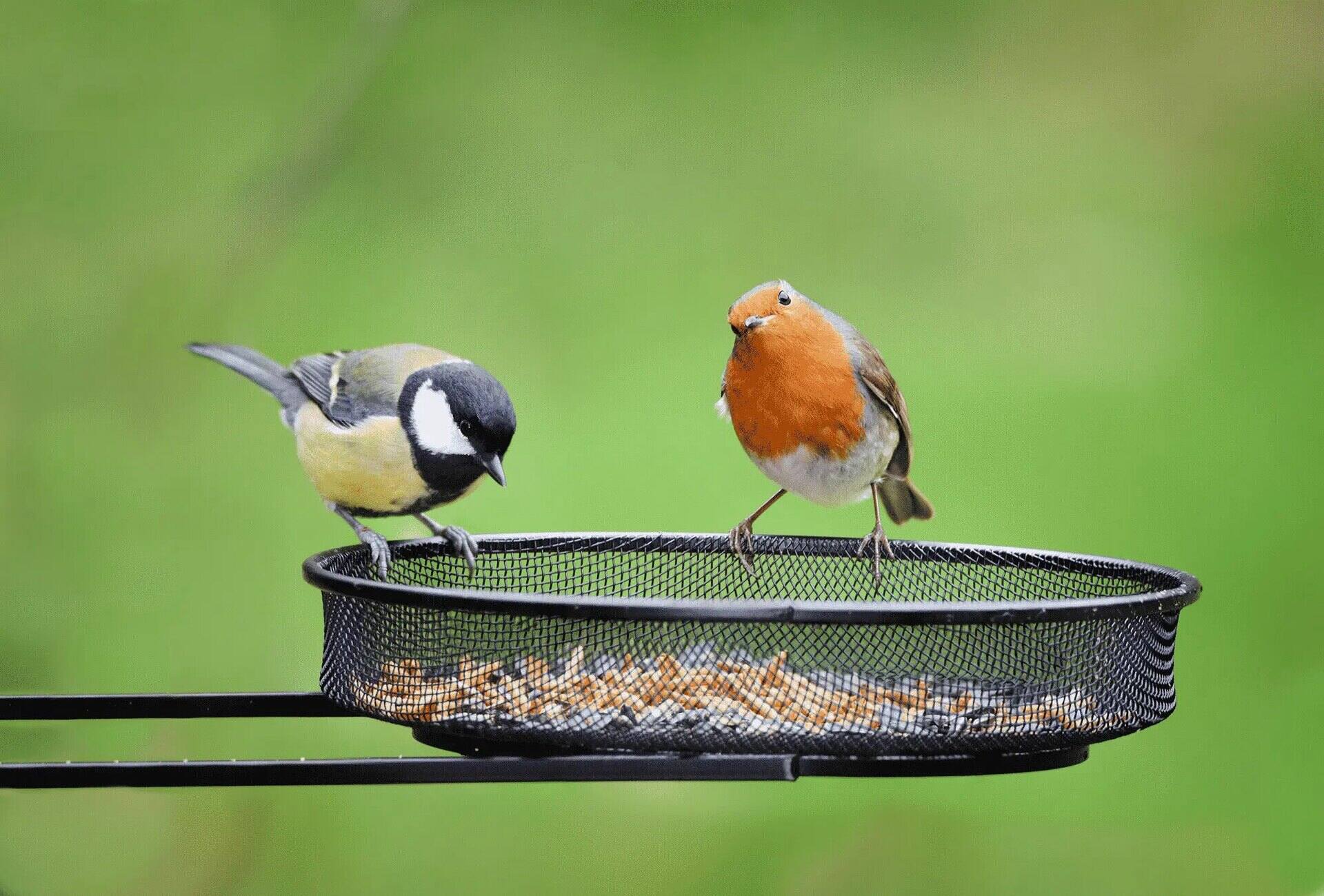
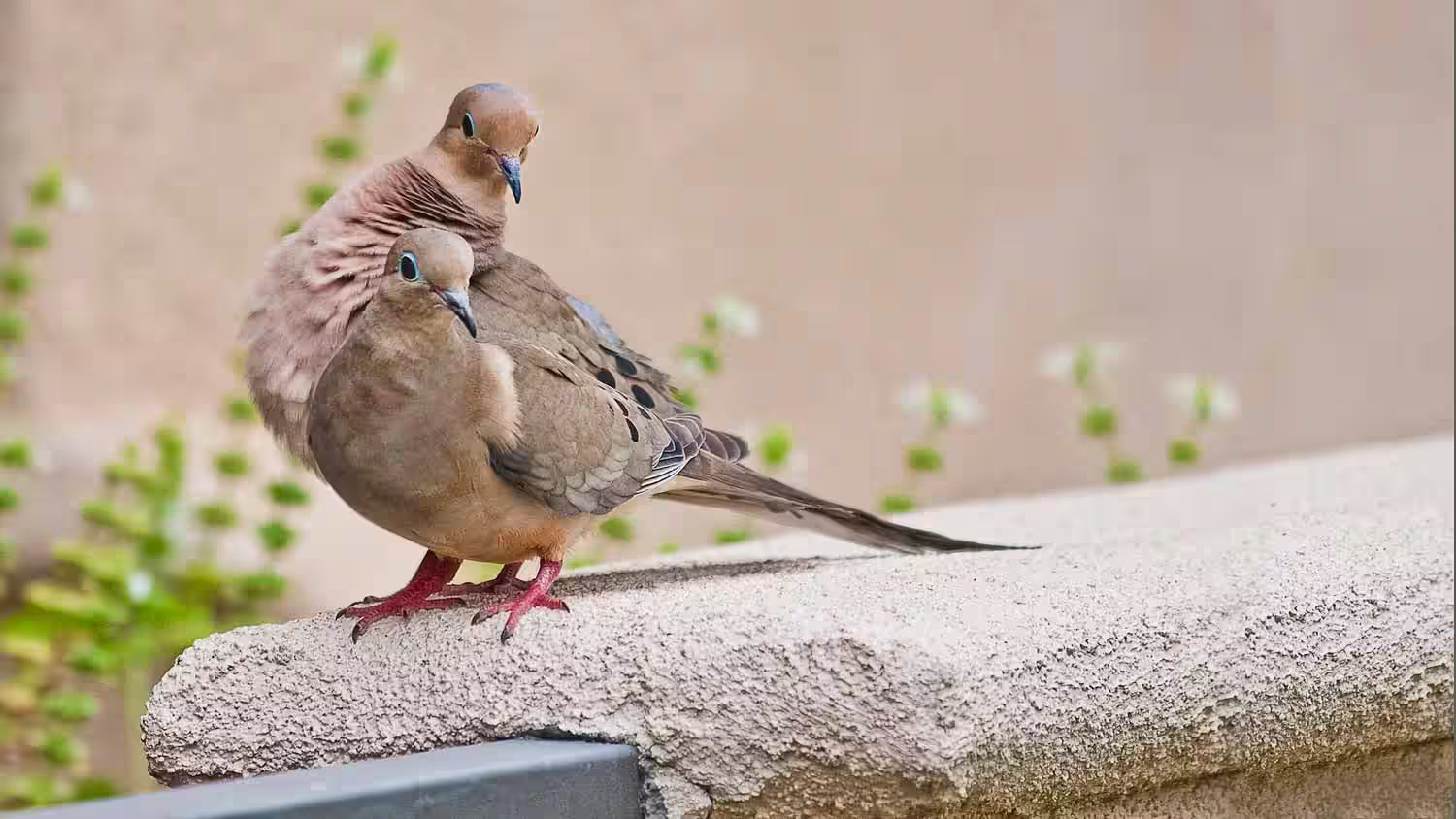
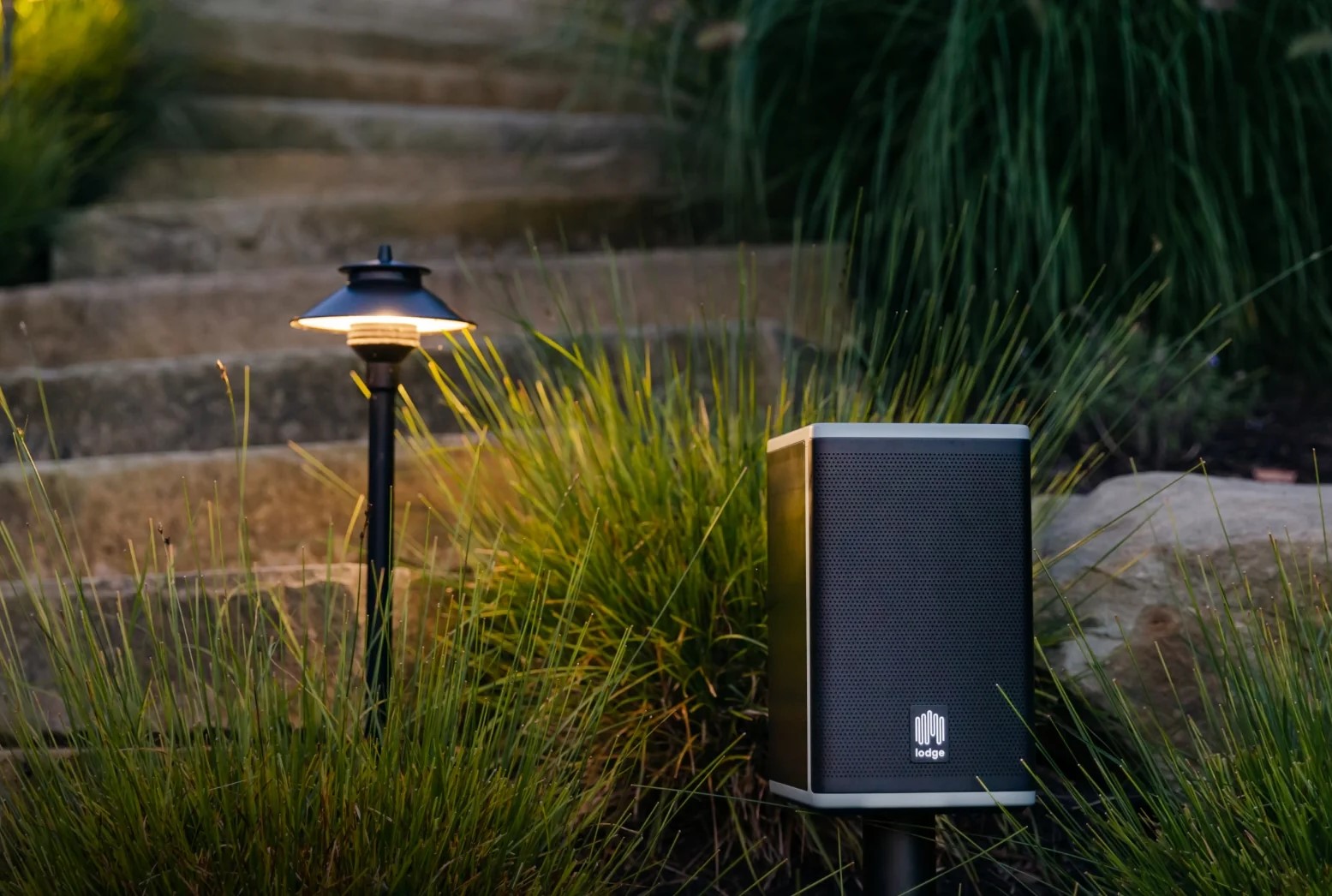
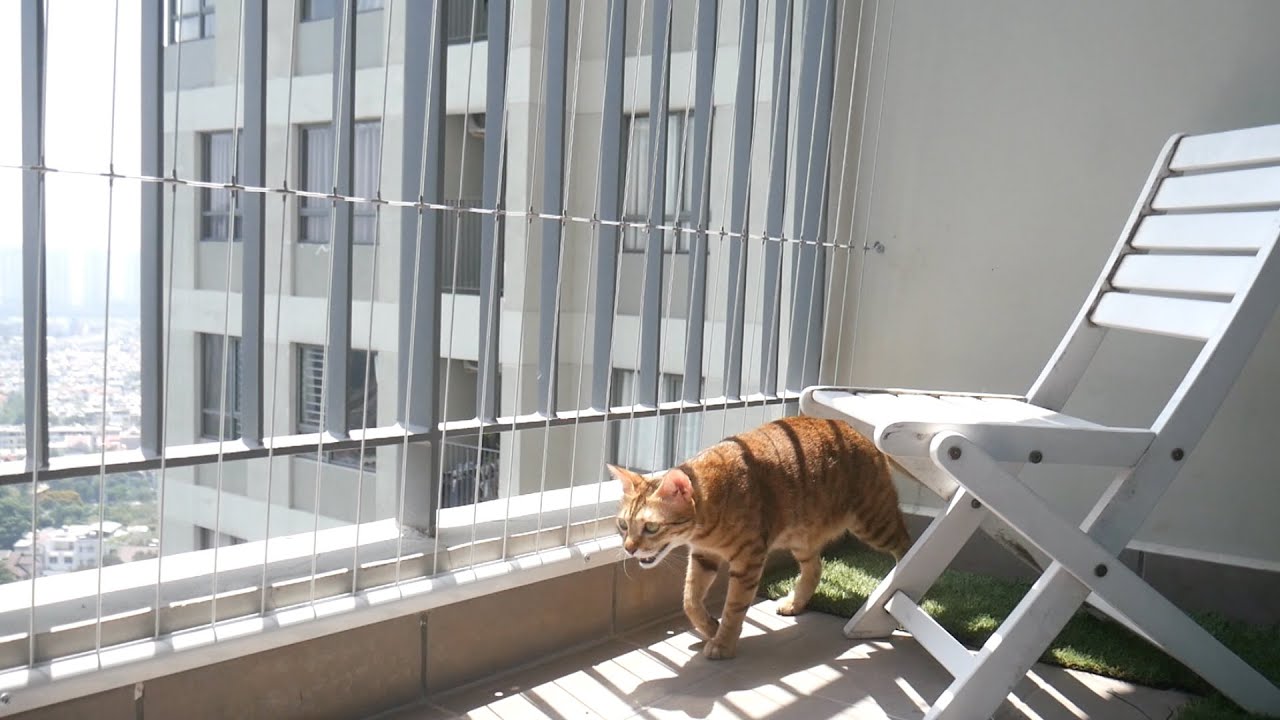
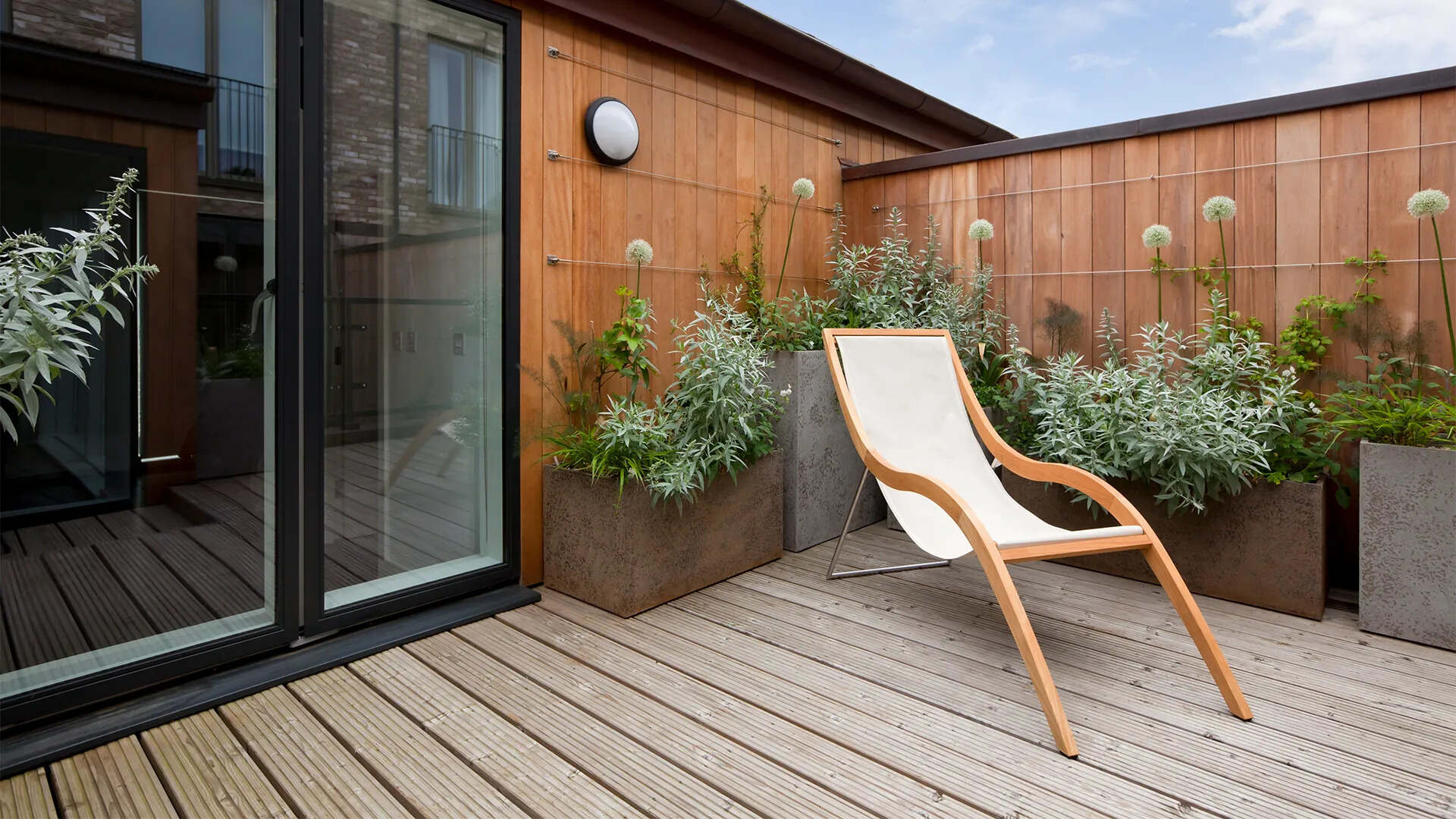
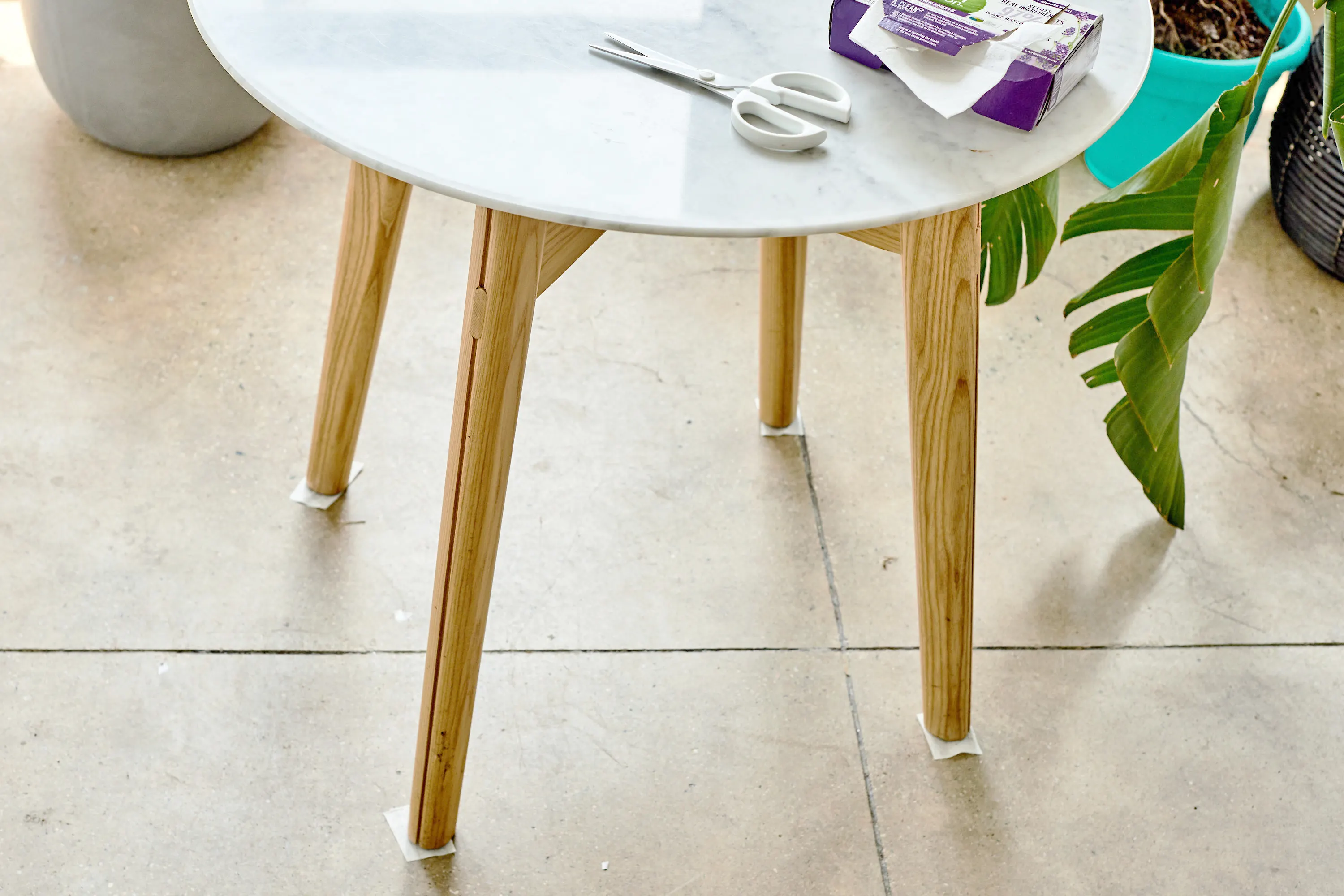
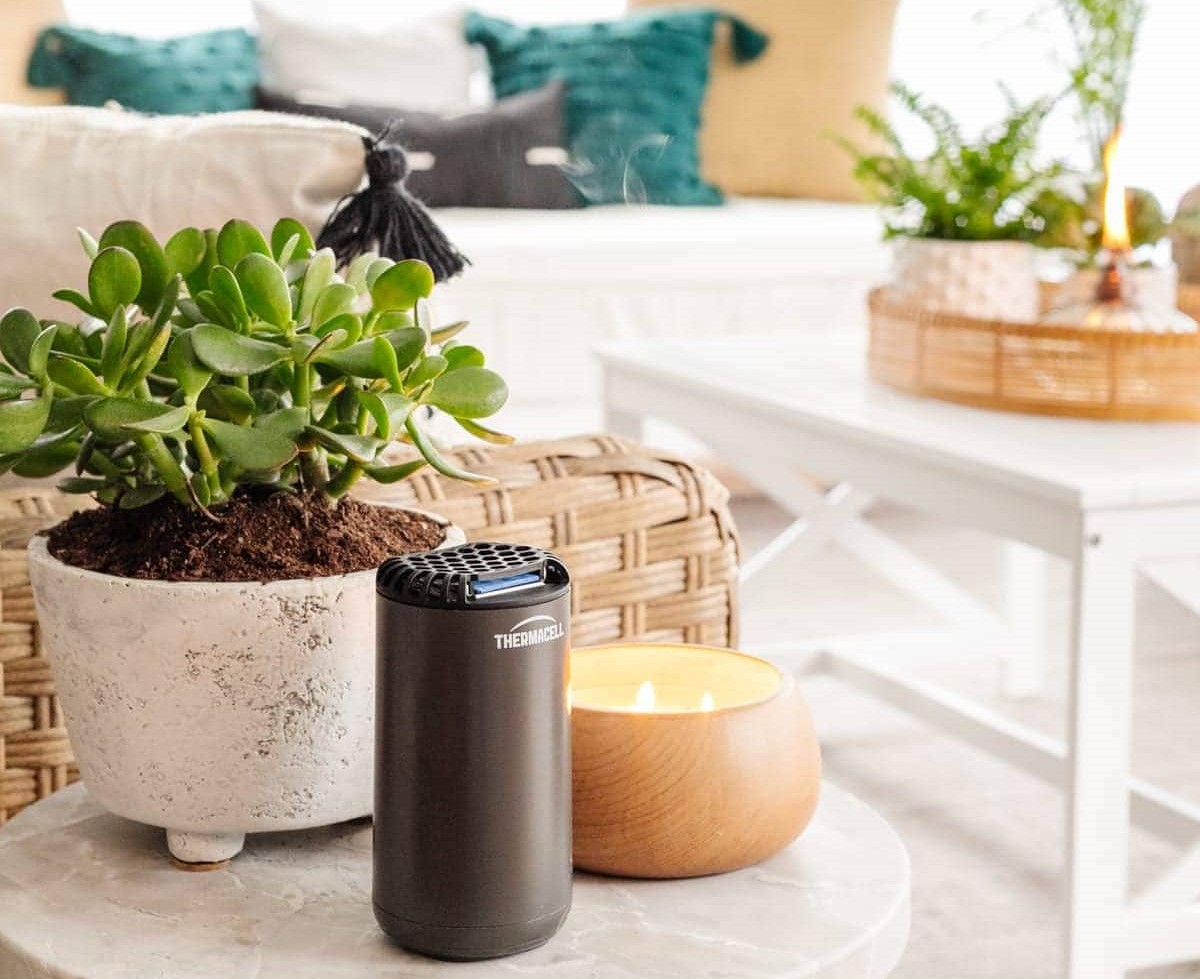
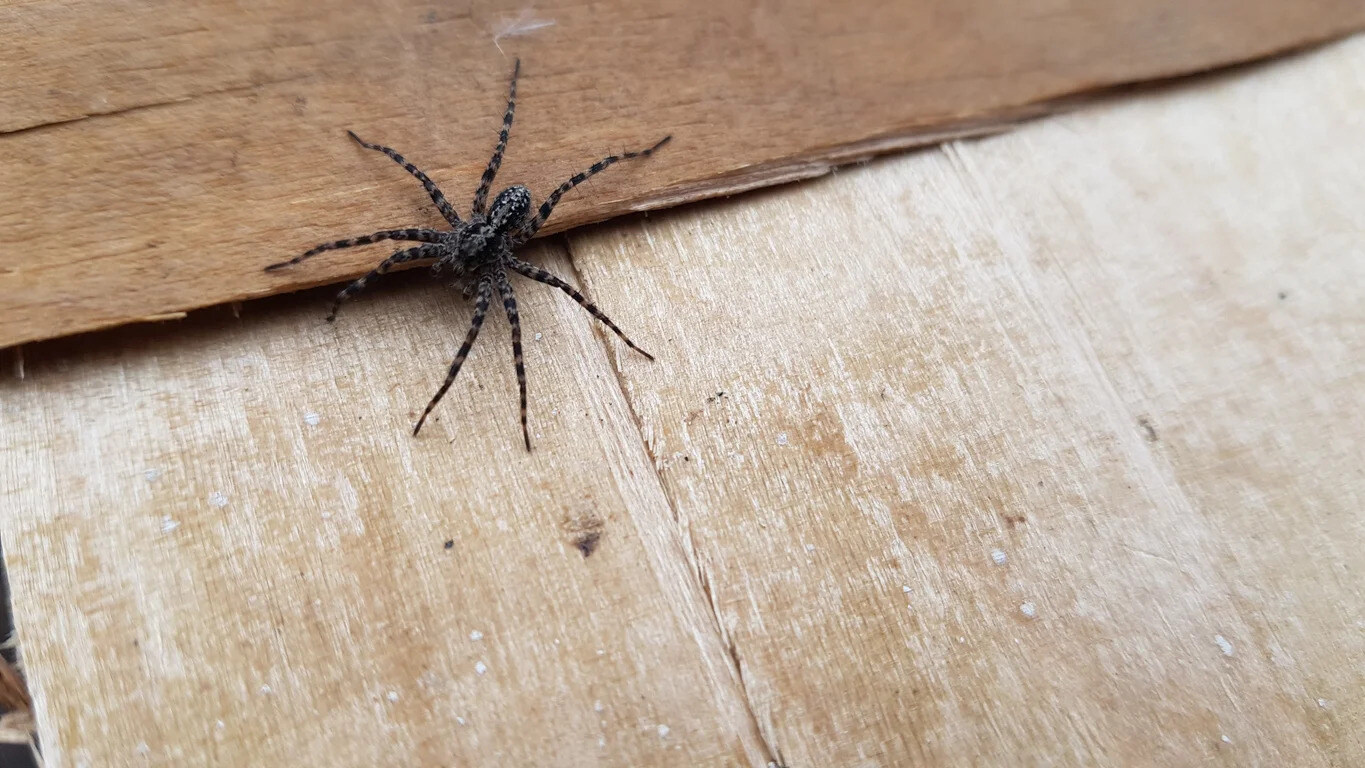
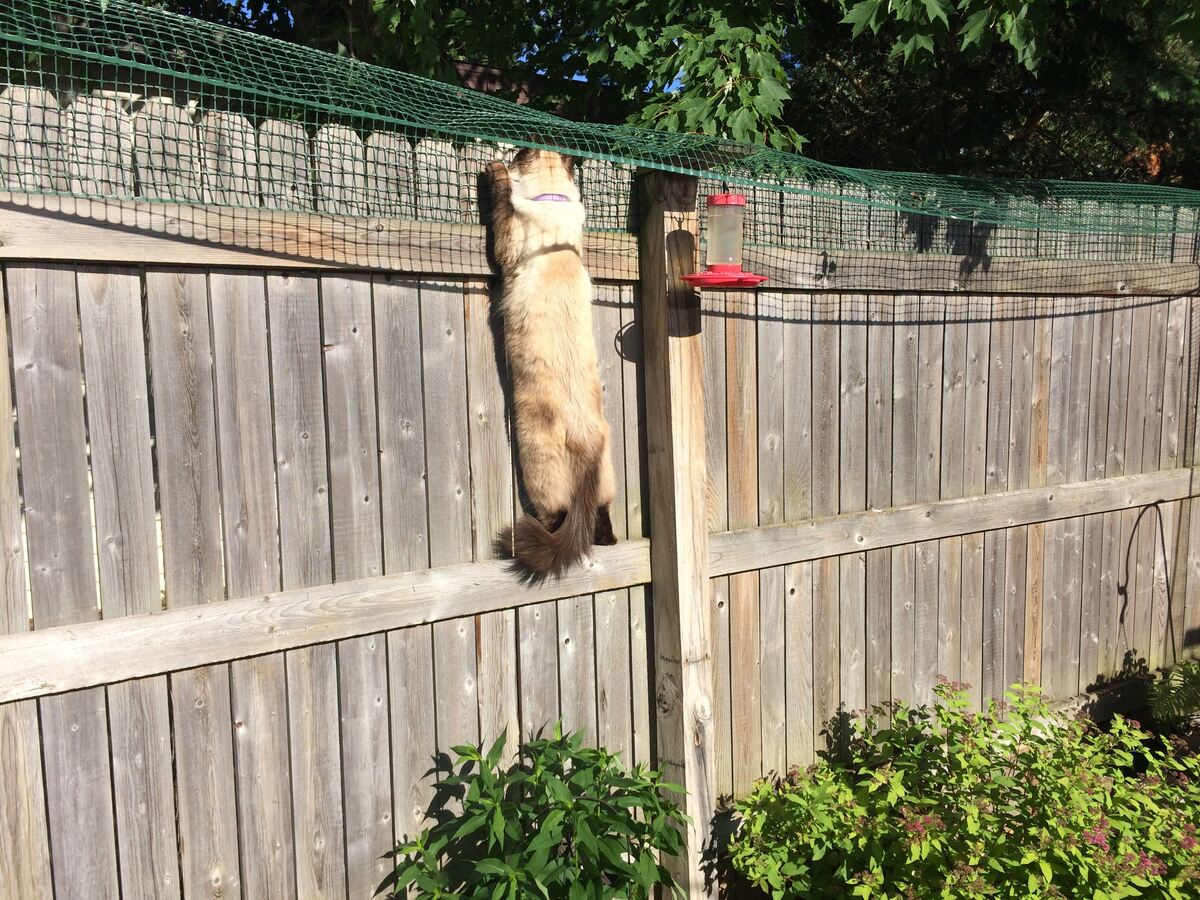
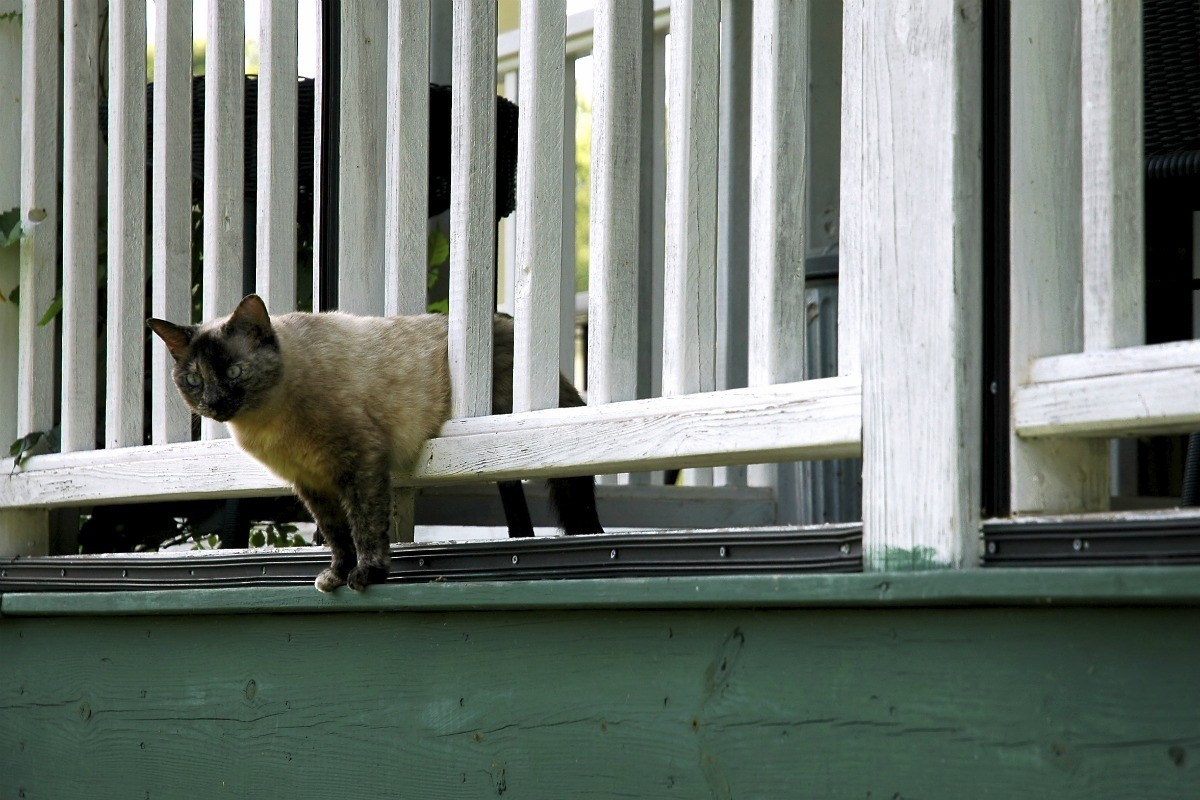
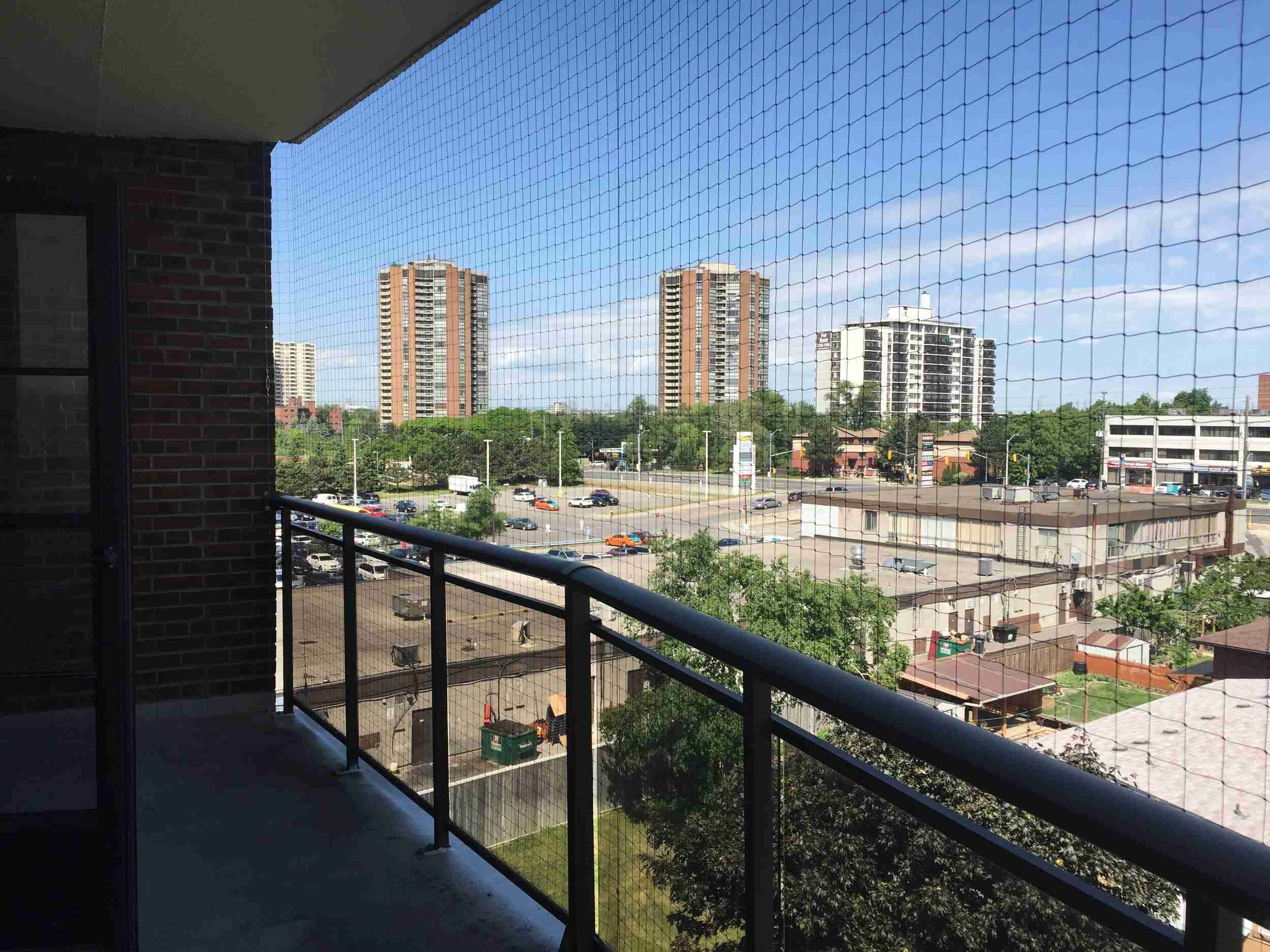


0 thoughts on “How To Keep Birds Off My Balcony”